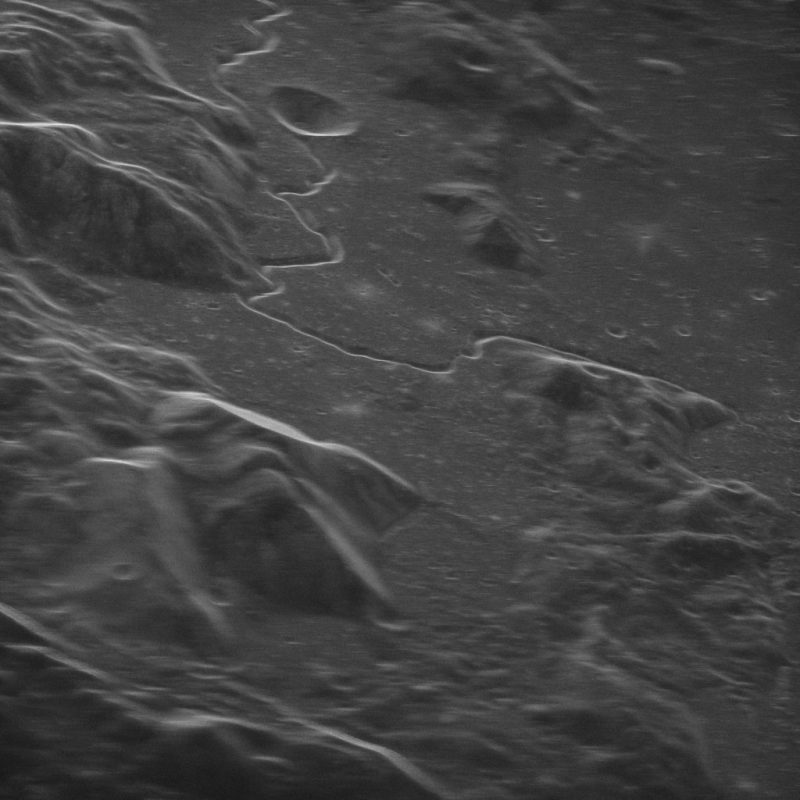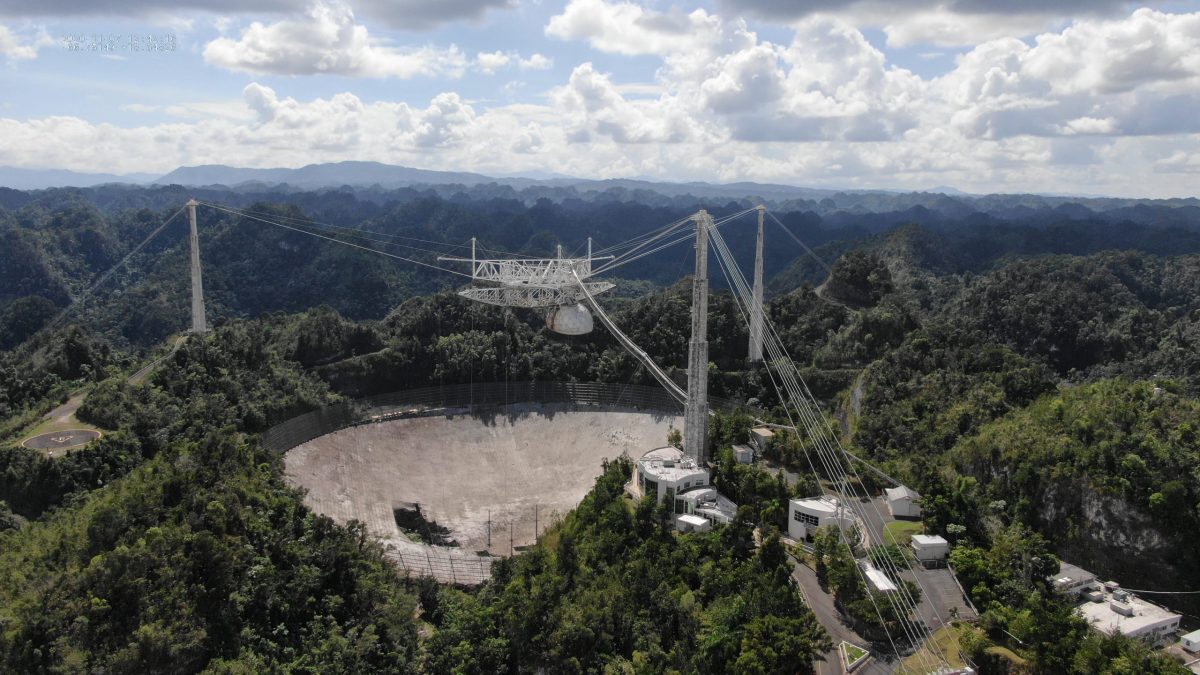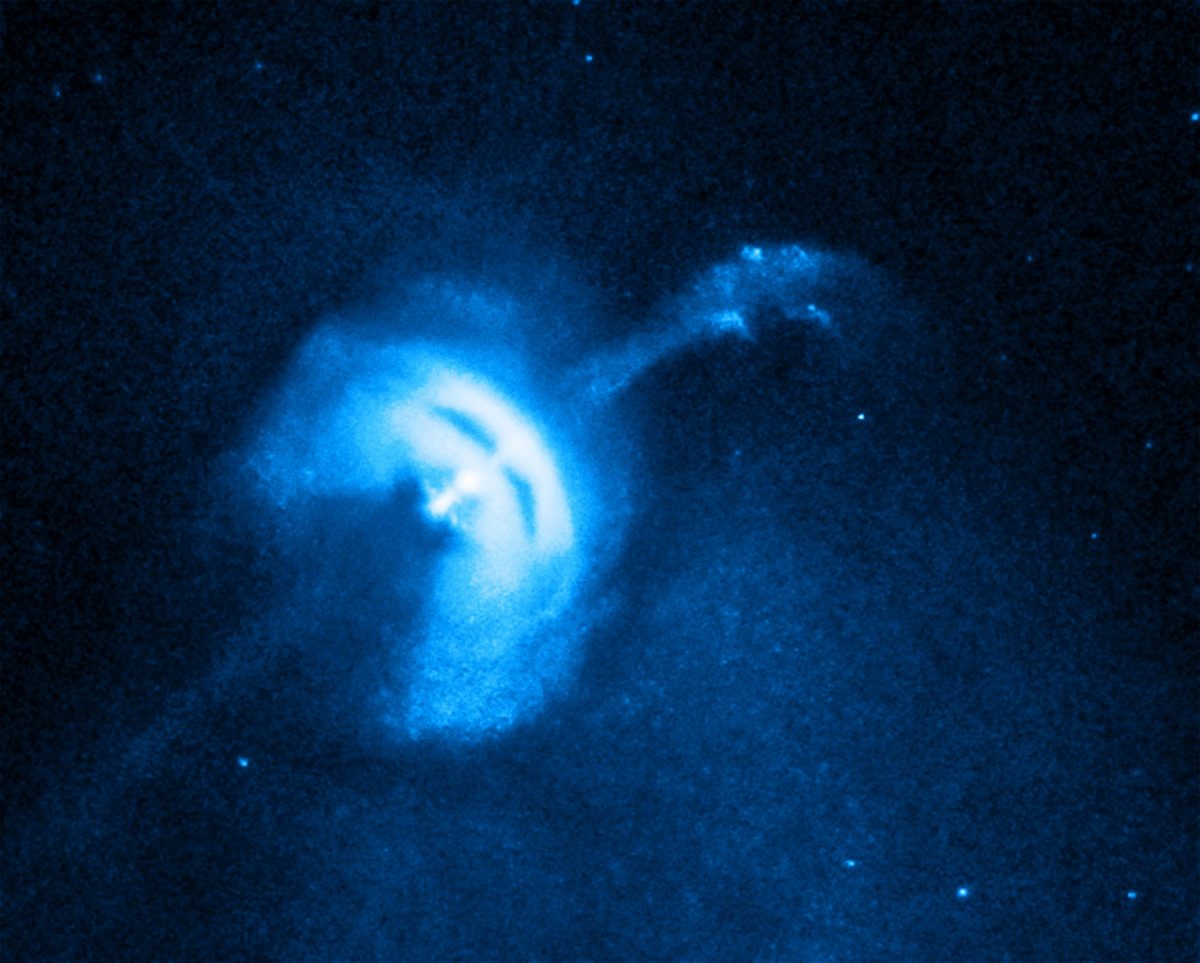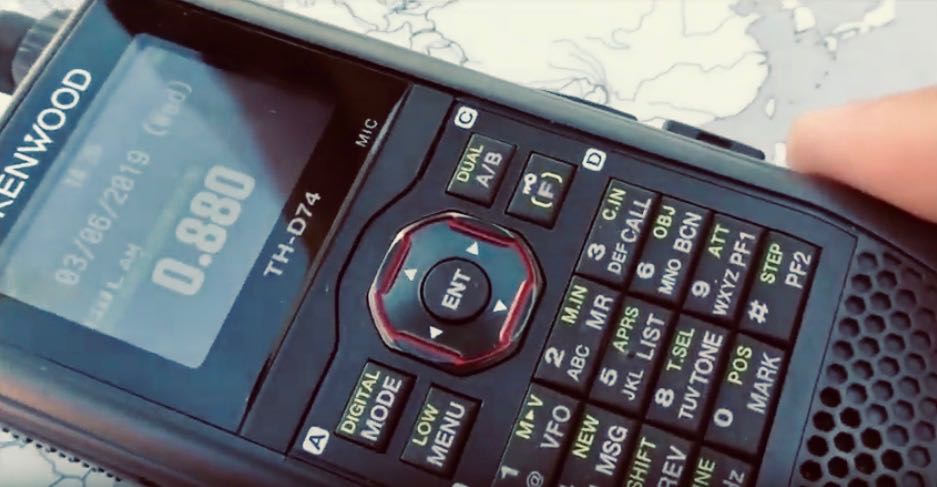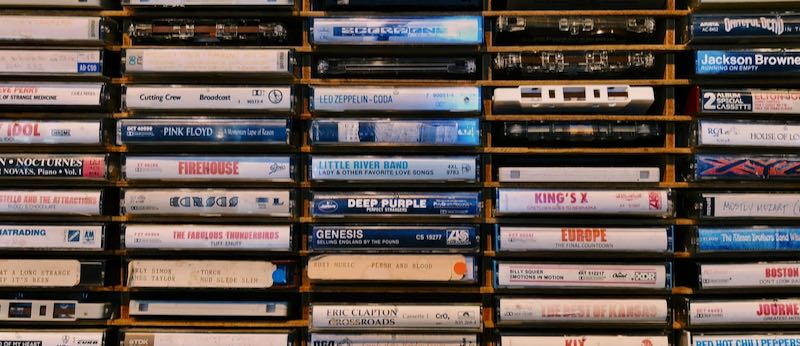
Image by Jon Tyson
Radio Waves: Stories Making Waves in the World of Radio
Because I keep my ear to the waves, as well as receive many tips from others who do the same, I find myself privy to radio-related stories that might interest SWLing Post readers. To that end: Welcome to the SWLing Post’s Radio Waves, a collection of links to interesting stories making waves in the world of radio. Enjoy!
Many thanks to SWLing Post contributors Ron, Valdo Karamitrov, Ronald Kenyon, and the Southgate ARC for the following tips:
When we think of technology our imagination usually takes us to images of the future. But for some, technology links us to the past – whether for nostalgia or for personal reasons
Following our recent feature on vintage technology, we asked you to share some of your collections with us – and people from around the world responded..
Rob Seaward, North Yorkshire, UK: 1949 Murphy A146 radio
I have a collection of older technology which I have collected throughout my life – including old cameras, calculators, hi-fis and radios. I had been interested in music from an early age, but it was really when my father purchased a Bang and Olufsen music centre that my interest in not only music, but style and function really took off.
To me, a lower middle-class grammar school kid living in Bradford, I suddenly had access to a world of real style and glamour.
My favourite piece must be the Murphy A146 console radio designed by Gordon Russell in 1949.
Its nickname is the “Batwing” because of the shape of the back panel. The sound is rich, slightly warm and typical of valve equipment. In its day, the radio cost the equivalent of an average monthly wage, it was built to last and the original valves are still working today.
However, as it pre-dates FM it is a little limited. I’ve had it restored and as part of the process we had a Bluetooth adapter installed which means I can now play my favourite digital music through this wonder from the 1940s – which really amazes people.[…]
Artificially constrained designs can be among the most challenging projects to build, and the most interesting to consider. The amateur radio world is no stranger to this, with homebrew radio designs that set some sort of line in the sand. Such designs usually end up being delightfully minimalist and deeply instructive of first principles, which is one reason we like them so much.
For a perfect example of this design philosophy, take a look at [VK3YE]’s twist on the classic “10-Minute Transmitter”. (Video, embedded below.)
The design dates back to at least the 1980s, when [G4RAW] laid down the challenge to whip up a working transmitter from junk bin parts and make a contact within 15 minutes — ten for the build and five for working the bands. [VK3YE] used the “oner” — one-transistor — design for his 10-minute transmitter, but invested some additional time into adding a low-pass filter to keep his signal clean, and a power amplifier to boost the output a bit.[…]
Since the advent of analog TVs, channel 37 has always been static. Here’s why.
A version of this post originally appeared on Tedium, a twice-weekly newsletter that hunts for the end of the long tail.
I’m endlessly fascinated by stories of the quirks that were built into the TV system where the well-laid plans of the system simply fell apart because it was asked to do too many things.
Nearly five years ago, I wrote about one of them, the tale of how radio broadcasters were able to shoehorn an additional FM station into the radio because of the proximity of TV’s channel 6 to the rest of the radio feed.
So when I was informed that there was another oddity kinda like this involving the TV lineups, I decided I had to take a dive in.
It’s a tale that centers around channel 37, which was a giant block of static in most parts of the world during the 20th century.
The reason for that was simple: it couldn’t fend off its scientific competition.
1952
The year that the U.S. Federal Communications Commission opened up the television system to use UHF, or ultra high frequency signals. The practical effect of this addition of bandwidth was that the total number of potential TV stations increased dramatically, from 108 to 2,051, overnight. The first UHF applications were granted on July 11, 1952, according to The History of UHF Television, a site dedicated to the higher-frequency television offerings.
The radio telescope that became a headache for the television industry
Within a 600-mile radius of the city of Danville, Illinois, population 31,246, are numerous major cities—among them Chicago, Detroit, Milwaukee, Atlanta, Minneapolis, Pittsburgh, St. Louis, Toronto, and Washington, DC.
Nearly the entire length of the Mississippi River fits into that radius. If Danville was located just a little farther to the east, the radius would also include Philadelphia and New York City. For all intents and purposes, a 600-mile radius from Eastern Illinois covers basically the entire East Coast except the state of Florida and the Northeast.[…]
Lou Ottens, inventor of the cassette tape and a CD pioneer died aged 94 at his home in Duizel in Brabant on Saturday, Dutch media report.
Ottens, who studied to be an engineer, started working for Philips in 1952. Eight years later he became head of the firm’s recently introduced product development department. Within a year he and his team had developed the first portable tape recorder of which over a million were sold. Two years later he revolutionised the old reel-to-reel tape system by inventing the cassette tape.
‘I got annoyed with the clunky, user-unfriendly reel to reel system, it’s that simple’, Ottens said later. The new carrier had to be small enough to fit into his jacket pocket, Ottens decided, and he had a wooden model made to determine the ideal size. In 1963 the first plastic encased cassette tape was presented at an electronics fair carrying the slogan ‘smaller than a pack of cigarettes!’ The tapes were quickly copied by the Japanese but in different formats!
Ottens managed to make a deal with Sony to use the mechanism patented by Philips to introduce a standard cassette which was then rolled out globally. Over 100 billion were sold worldwide. Ottens went on to develop the CD, which again became a Sony-Philips standard and which sold over 200 billion.
In 1986 Ottens retired but he was often asked if he was proud of his inventions, which allowed millions to have access to music. ‘I have no ‘pride dial’’ Ottens said in an interview, stressing that both inventions were team efforts. His biggest regret was that that Sony, not Philips, invented what he considered to be the ideal application for the cassette tape, the Walkman. ‘That still hurts,’ he said. Dubious about the recent revival of the cassette tape Ottens said ‘nothing could beat the sound of a CD.’
Read more at DutchNews.nl
https://www.dutchnews.nl/news/2021/03/dutch-inventor-of-the-audio-cassette-tape-dies-aged-94/?
Do you enjoy the SWLing Post?
Please consider supporting us via Patreon or our Coffee Fund!
Your support makes articles like this one possible. Thank you!

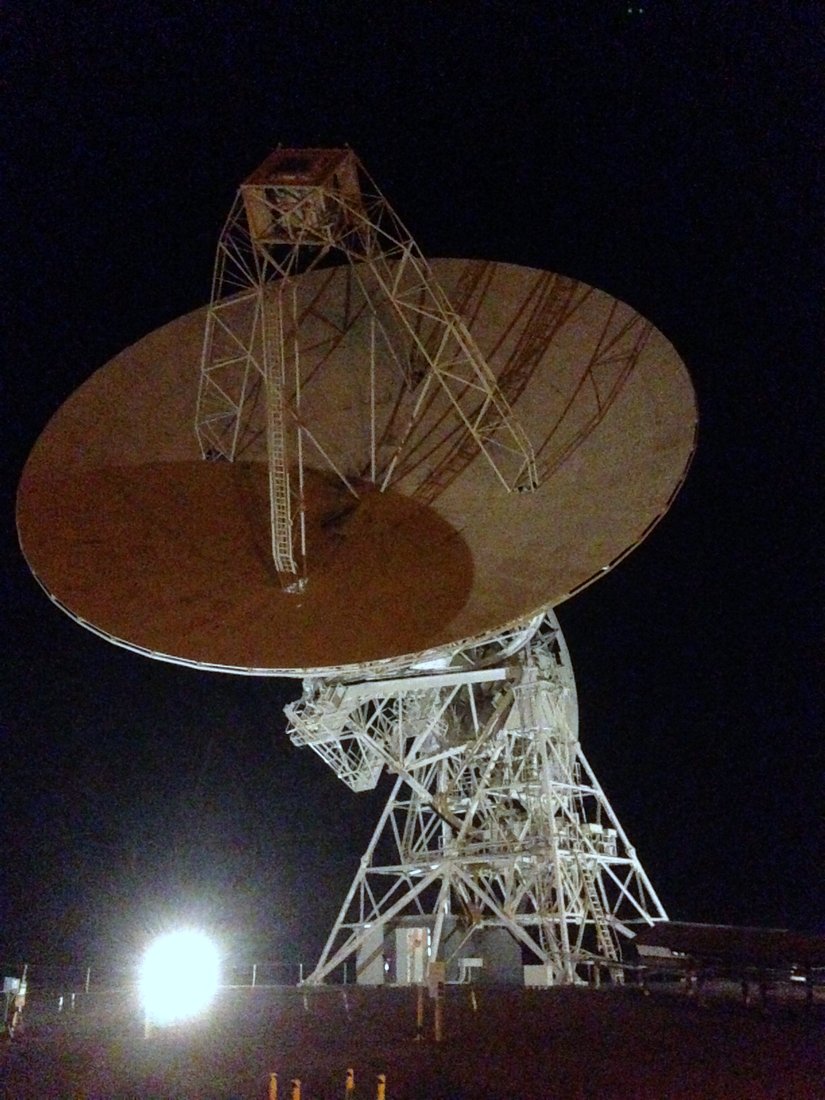 (Source: University of Sydney)
(Source: University of Sydney)



